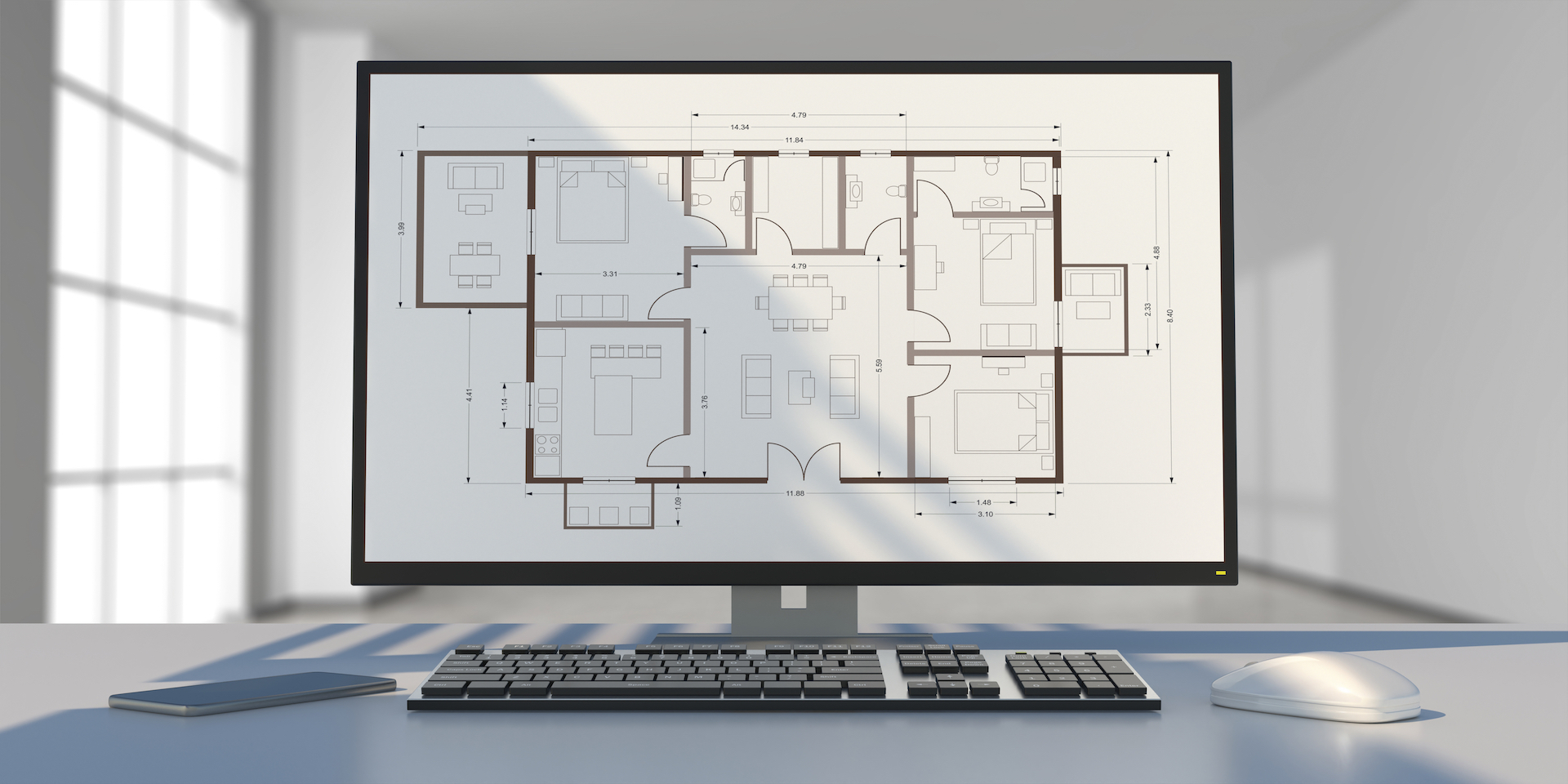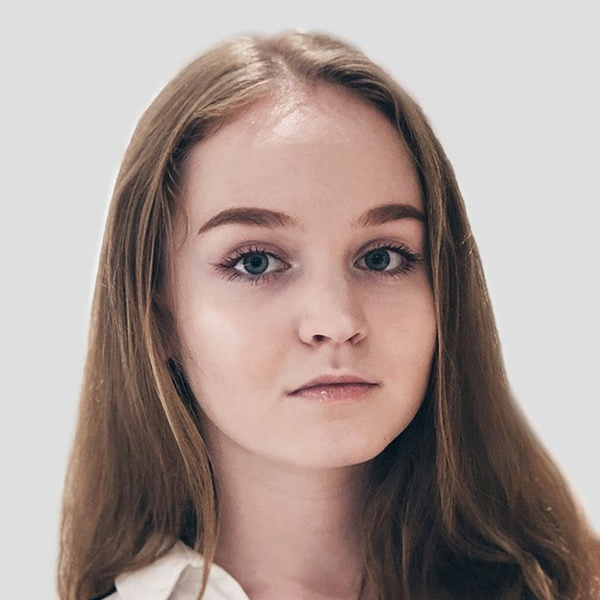Many specialists in the architecture and real estate industries present their projects using interior and exterior 3D walkthroughs. One of the quickest and most convenient ways to get such CG visuals is to outsource this task to a professional CGI studio. In this case, you let the experts do all the work. But there’s one crucial thing you need to provide to get the most amazing results without any delays. It’s a 3D animation brief.
As an architectural animation company, we know exactly how important it is to have all the necessary references to produce top-notch CG videos. And in this article, we’ll tell you what you need to include in your brief for both interior and exterior 3D animation. This way, you’ll be able to prepare everything in advance and really jumpstart your project. So, let’s take a look at the 6 essential references right now!
#1. General Project Information
You should always begin your 3D animation brief with general information about the concept you want to visualize. That includes:
- Name and type of the project: interior/exterior, residential/commercial, etc.
- Goals of the project: the purpose of the future building, the idea and message behind your concept.
- Target audience: who will watch the 3D animation.
- Location of the property.
- Project deadline.
- Length of the 3D walkthrough.
- Budget limits.
By providing those details, you’ll allow your CG animation team to instantly understand the very essence of the given task. And that, in turn, will provide for a smooth workflow throughout the whole project.
#2. Drawings and 3D Models
Architectural drawings are the next essential thing in your 3D animation brief. The CG team will use them to accurately recreate all the shapes and dimensions of your design in 3D. The kinds of required drawings differ depending on the type of project — exterior or interior.
Drawings for an exterior 3D walkthrough brief
- Exterior floor plans.
- Exterior elevations.
- Exterior lighting schemes.
- Site plans.
- Landscape plans if available.
Drawings for an interior 3D walkthrough brief
- Interior floor plans.
- Interior elevations.
- Furniture layouts.
- Interior lighting schemes.
Then, in both cases, you’ll also have to share your selections of finishing materials.
Apart from drawings, you might have a SketchUp or a Revit model of your building too. If you do, you should definitely send it as well. CG specialists will use it as a base for their work instead of building a new model from scratch. This way, they’ll spend much less time on 3D modeling for your CG animation. So, you’ll get the result faster and for a lower price.
#3. Visual Narrative Requirements
Next, you need to think about the script for your 3D walkthrough. In this part of the 3D animation brief, you will describe your ideas on:
- The story you want to tell with your CG video.
- Camera path: how the camera will move through the scene and what elements of the design need to be highlighted.
- The presence of people, animals, or vehicles: whether you want to include these details or not.
- Animated moving elements, such as fire burning in the fireplace, water running in the fountain, etc.
As you can see, this part is all about creating the scenario for your 3D walkthrough video. This information must be as precise as possible, so it’s better to explain it not just with text descriptions but also with visual references. It will decrease the amount of time needed to complete the project.
#4. Environmental Conditions
The setting in which you present your concept will have a significant impact on the viewer. So, in this section of the 3D animation brief, you need to specify the elements that will create a unique atmosphere in your 3D walkthrough. Those are:
- Time of the day.
- Weather conditions.
- Surroundings.
It’s always best to communicate those aspects with visual references, as it’s much clearer than text descriptions. With this information, the 3D animation team will be able to visualize your ideas precisely according to your vision.
#5. Post-Production Details
The post-production stage is about adding finishing touches to a 3D walkthrough. And to make sure you get the most out of it, you should specify in your 3D animation brief whether you need any of those details:
- Text titles.
- 3D model inscription: for instance, your company’s logo on the building in the CG video.
- Custom video montage: visual effects, particular transitions between frames, etc.
- Background music.
- Voiceovers.
Those details can help to make your 3D animation really outstanding and memorable. So, you should definitely consider them when you compile your brief.
#6. Final Resolution and Additional Files
Finally, your 3D animation brief needs to specify the form in which you want to receive the results. With video resolution, you can choose between HD, Full HD, and UHD 4k. Plus, you can also receive additional files, such as source files and still images.
And that’s it for the perfect 3D walkthrough brief! Now you know what information you’ll need to submit for your 3D animation team to start working right away. This way, you’ll get a top-quality interior or exterior CG video fast, without any setbacks or lengthy revisions.
Looking for professional 3D architectural animation services? Contact us at CGIFlythrough and get exterior and interior 3D walkthroughs of any complexity within the shortest amount of time!






